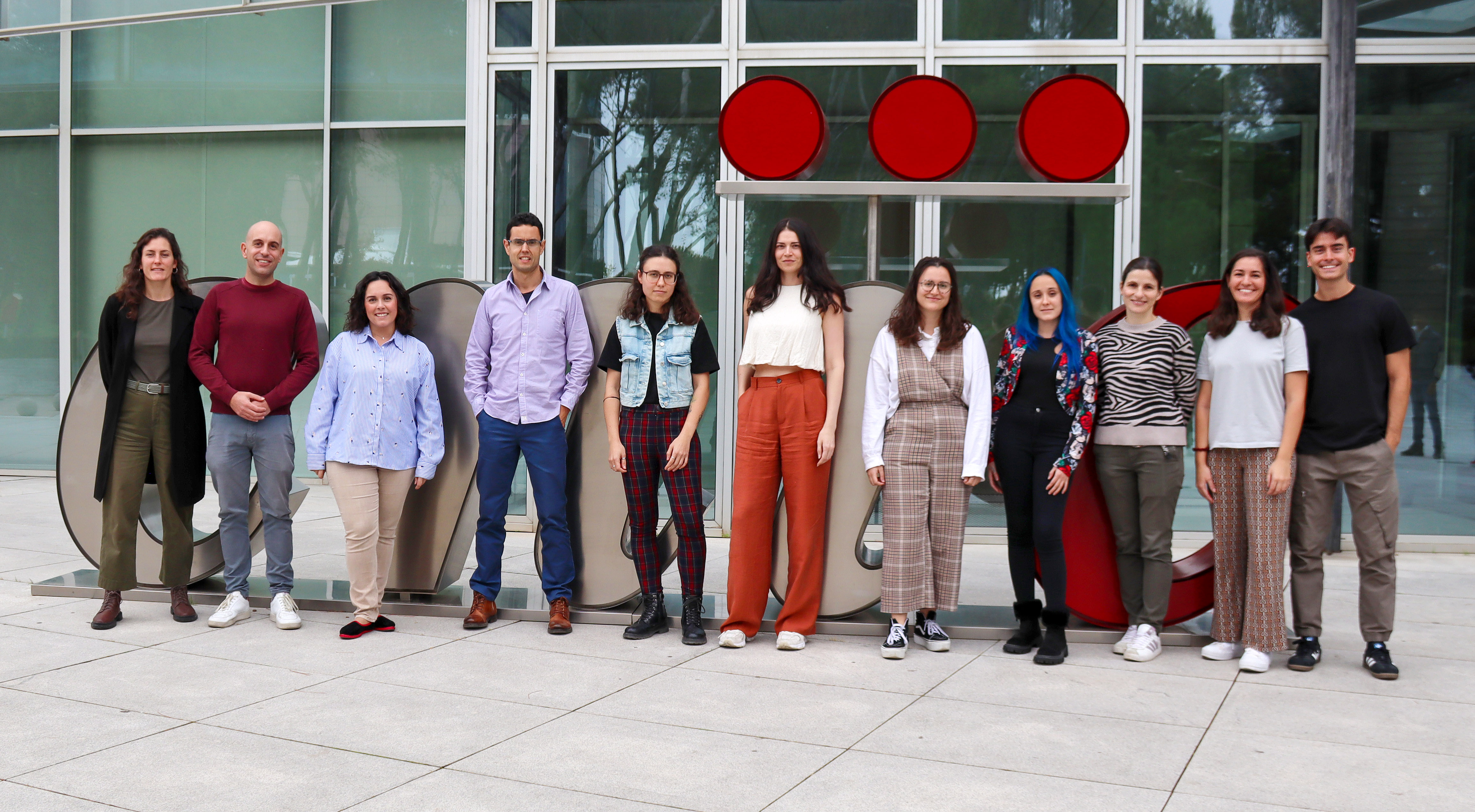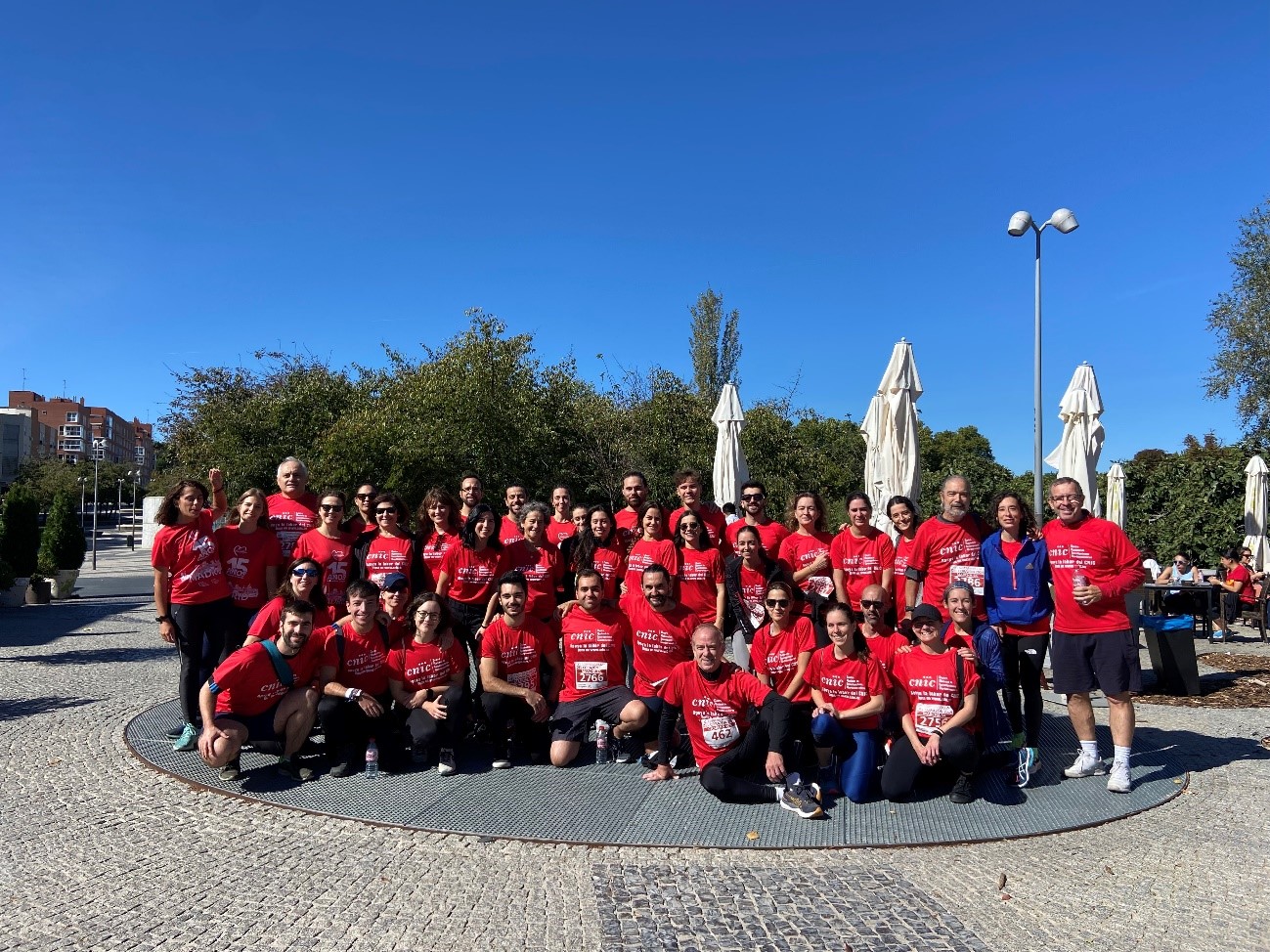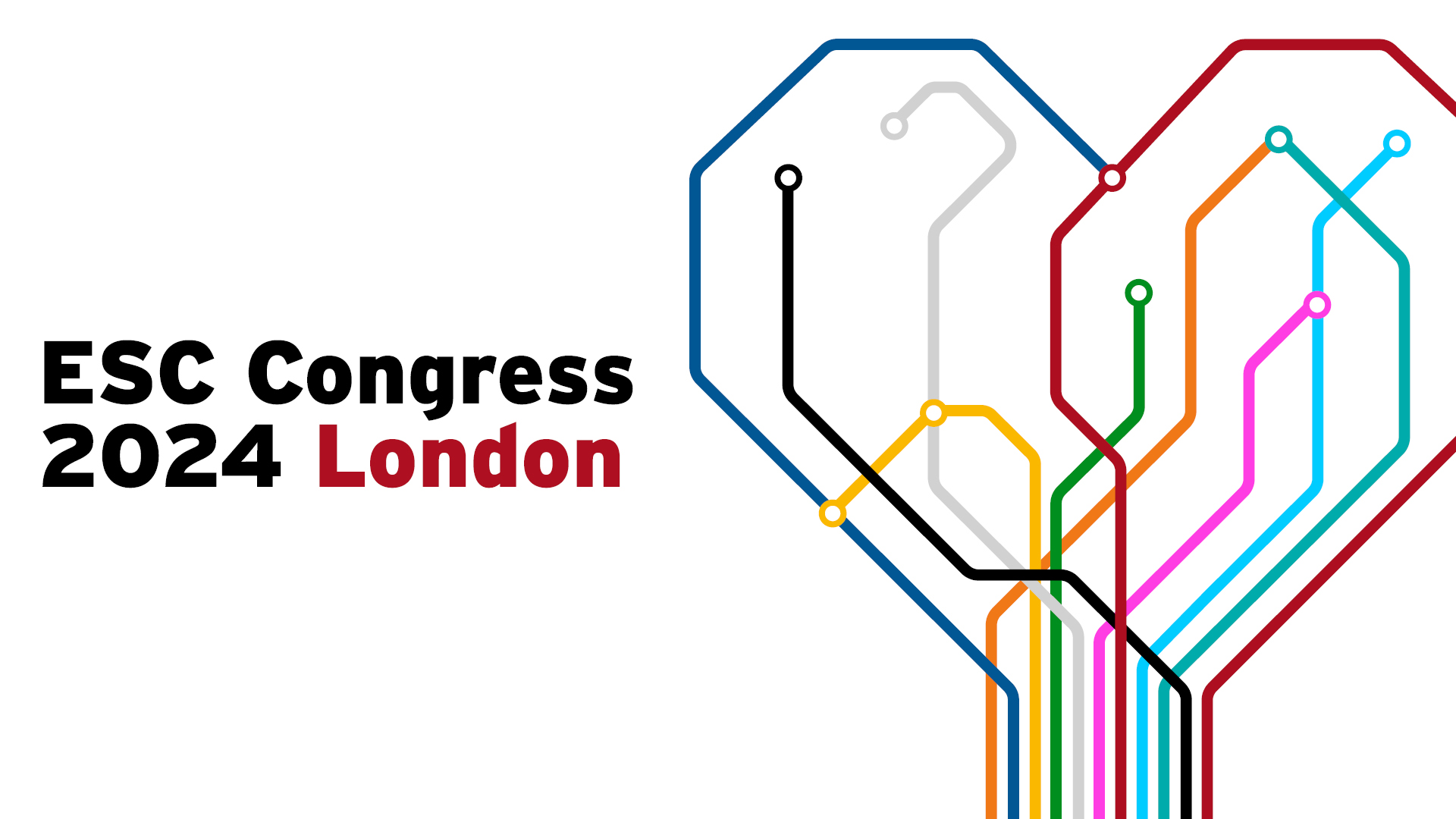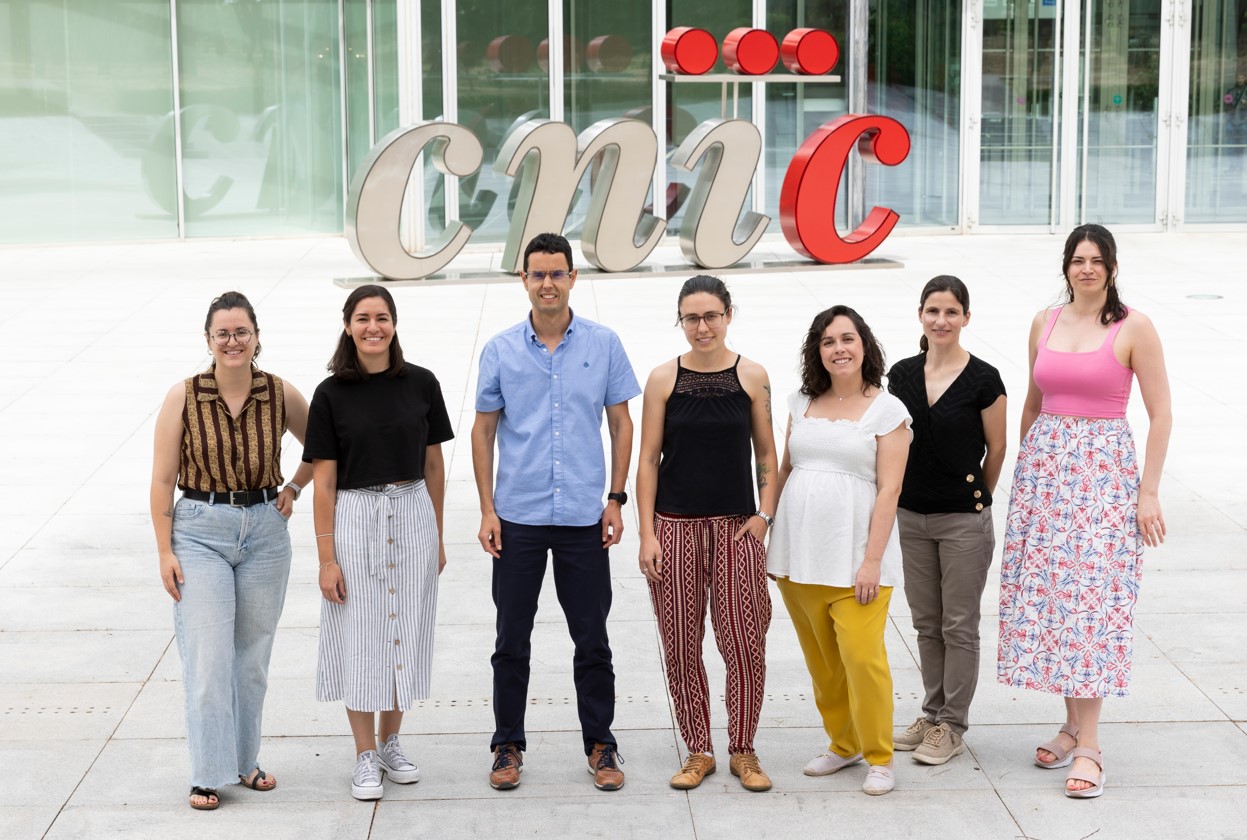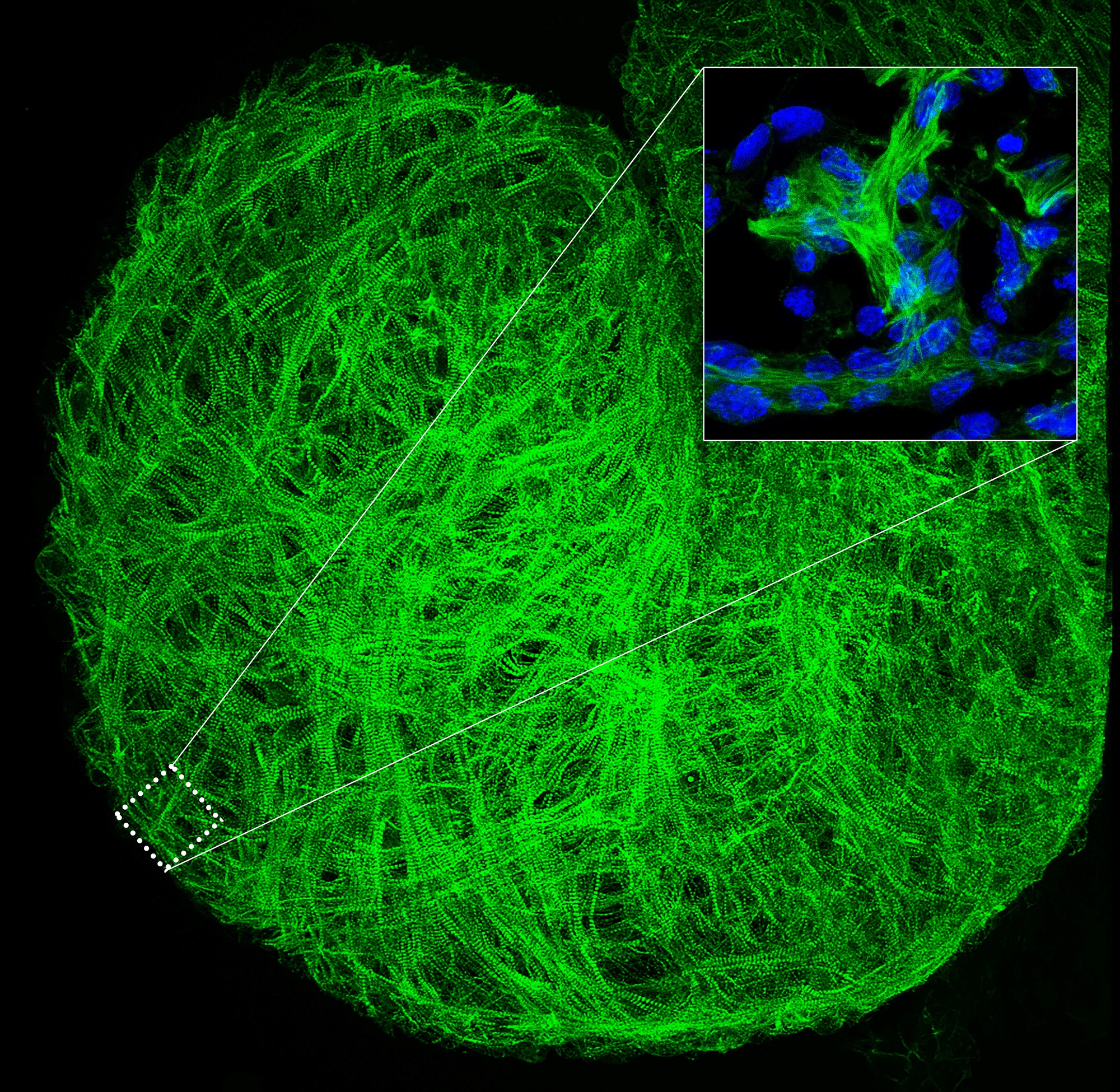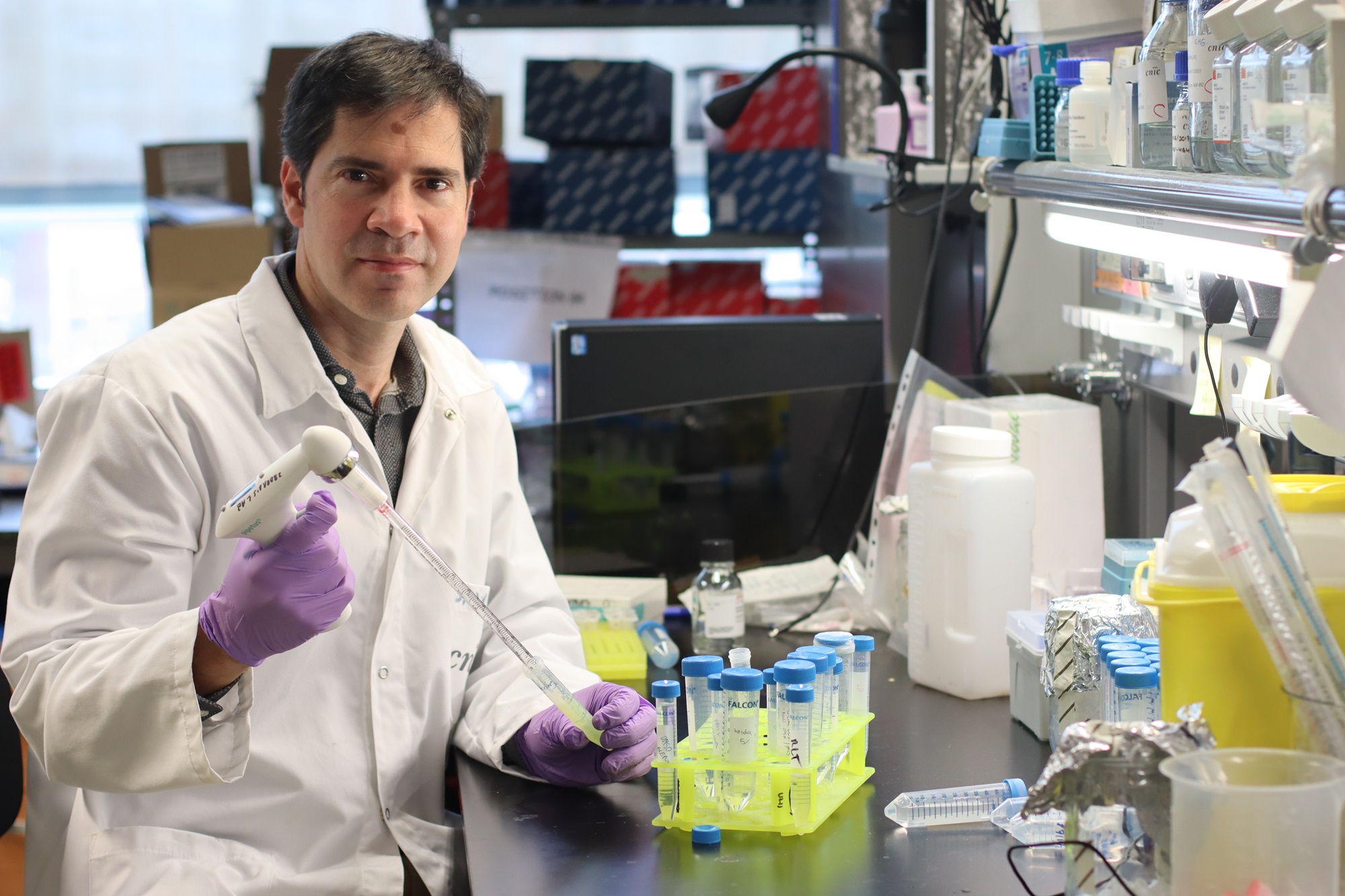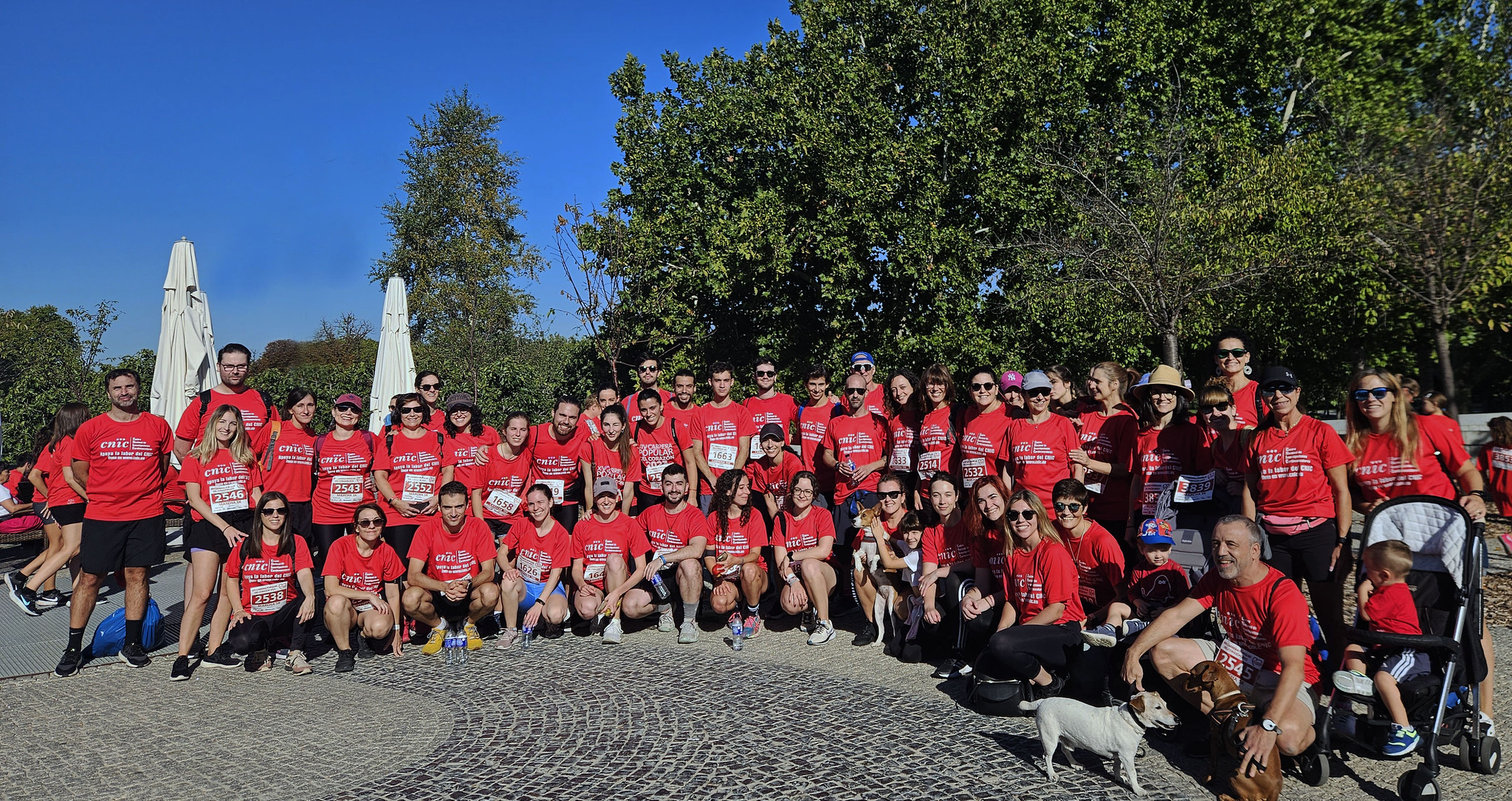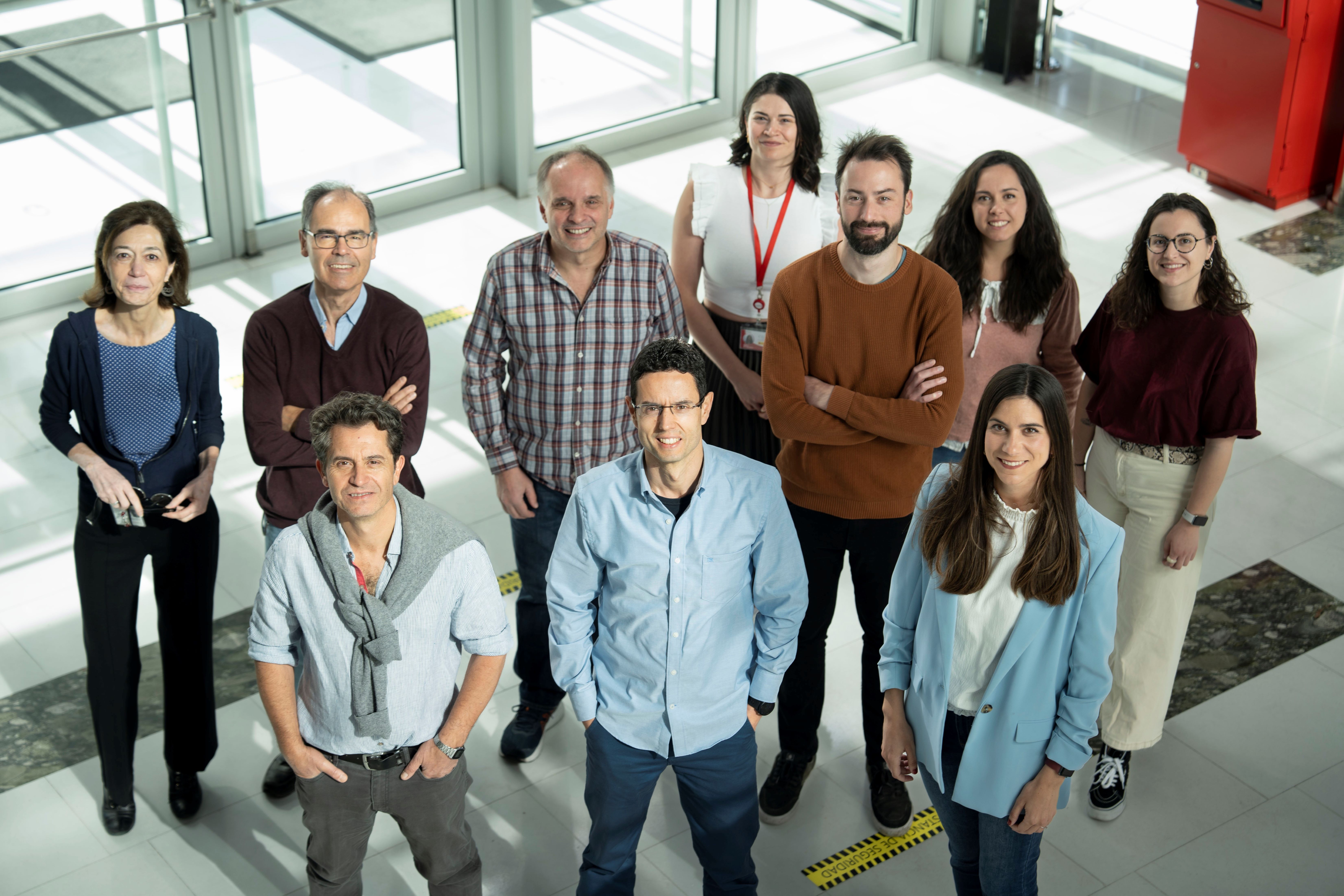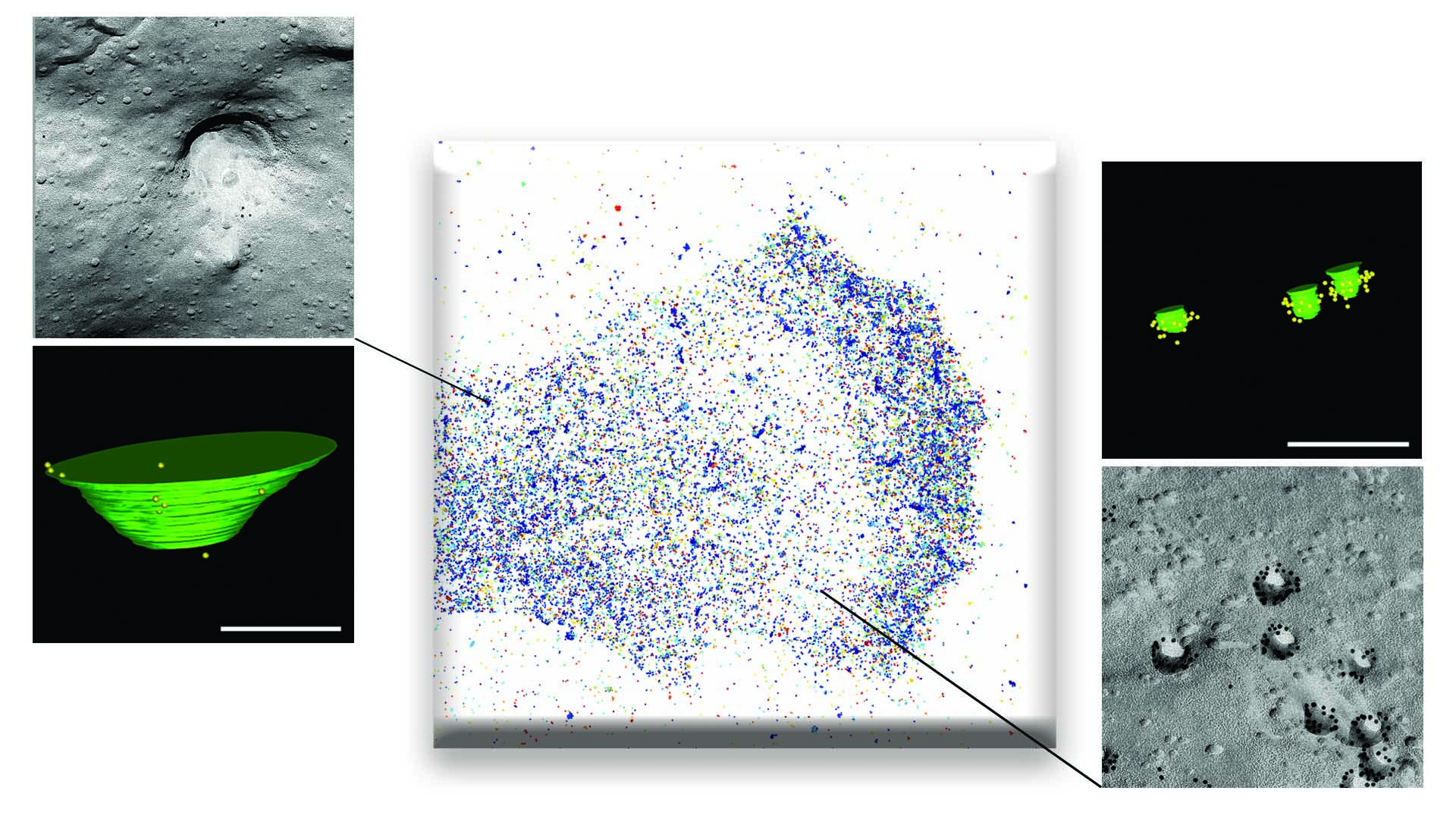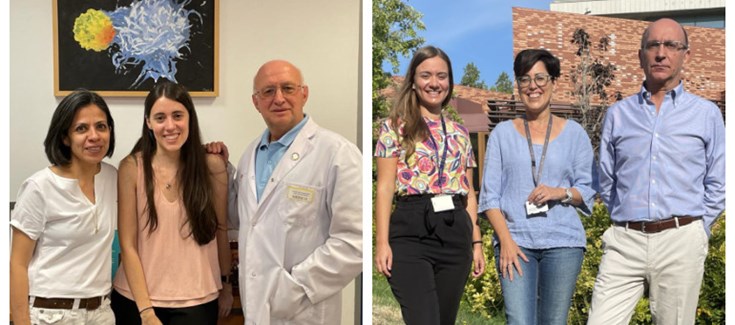News search
|
Research 12 Dec 2024 iFlpMosaics is a new technology presented in Nature Methods that allows the modification and study of gene function in mouse models, advancing research on diseases caused by somatic mutations, such as cancer and vascular malformations. |
|
About the CNIC 11 Jun 2024 iSuRe-HadCre promises to become an essential tool for biomedical research using mouse models to modify and understand gene function |
|
Research 10 Nov 2023 Neuregulin-1 (Nrg1) plays an essential role in the transformation of the heart from its delicate primordial structure into the powerful beating mature organ |
|
About the CNIC 31 Oct 2023 Dr Sancho heads the CNIC Immunobiology Laboratory, whose work focuses on research into the function of dendritic cells and macrophages, as key immune cells that modulate immunity and inflammation, and the use of these cells in immunotherapy in a wide range of diseases |
|
Research 29 May 2023 The new study, published in Nature Cardiovascular Research, will help to select the most effective and safe way to modulate angiogenesis in ischemic tissues or in cancer |
|
Research 23 Dec 2022 A study published in Nature Cell Biology confirms that caveolae are essential for the mechanical responses of tissues subject to large mechanical forces (such as muscle, heart, blood vessels, and fat), whereas larger membrane depressions (termed 'dolines') are important for the response to weak or medium-strength forces |
- 1 of 14
- next ›
